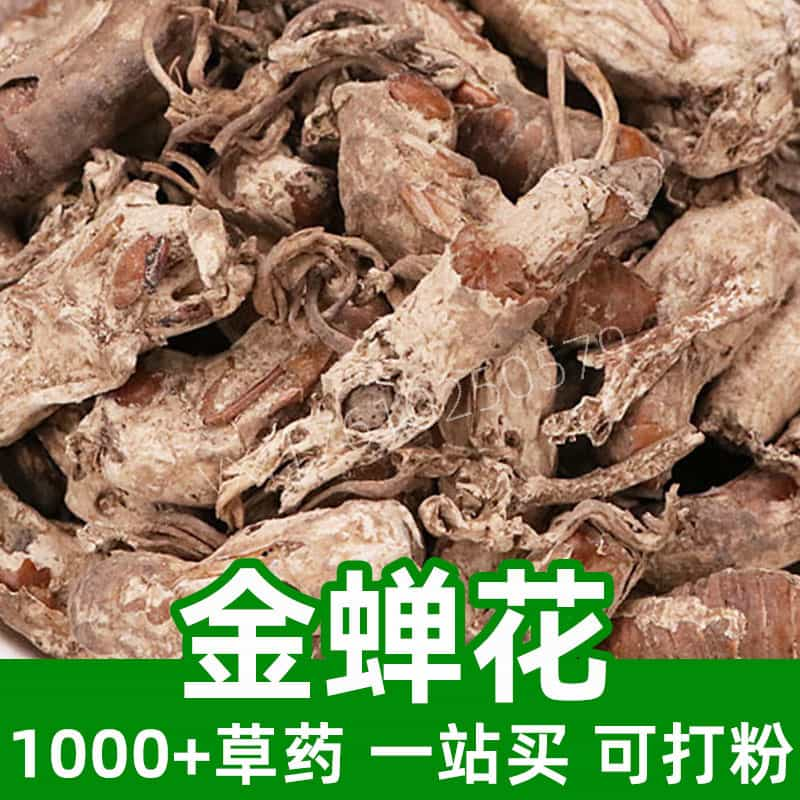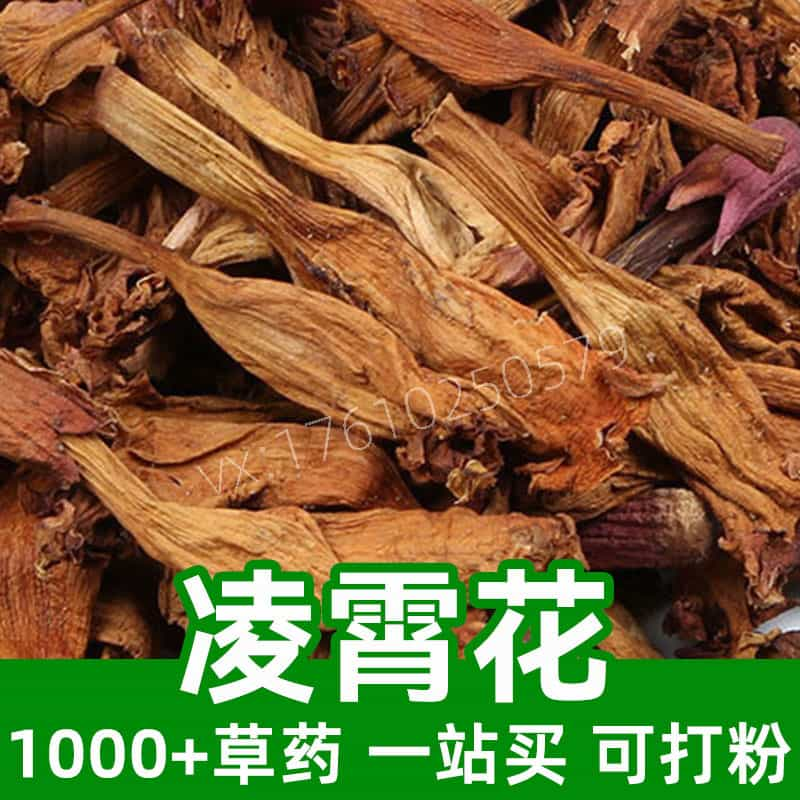Product Introduction
Potentilla discolor, known in Chinese as Bai Wei Cao (白蔚草), is a medicinal herb widely valued in traditional Chinese herbal medicine. It belongs to the Potentilla genus and is particularly noted for its silvery foliage and vibrant yellow flowers, which make it recognizable among wild herbs. This plant is rich in bioactive compounds, including tannins, flavonoids, and polysaccharides, which contribute to its uses in herbal formulations. Primarily utilized for its supportive qualities, Potentilla discolor is believed to invigorate certain internal organs, such as the liver and spleen, and promote general vitality. In traditional practices, it is prepared in multiple forms, from teas to powders, making it versatile for both domestic and commercial uses. Its cultivation mainly spans East Asia, where it thrives in temperate, mountainous environments. Ideal storage of Potentilla discolor requires a dry and cool environment to preserve its natural compounds.
Main Active Ingredients
Potentilla discolor is rich in various bioactive compounds, each contributing to its properties and uses in herbal formulations. The primary active ingredients include:
- Tannins: Tannins are phenolic compounds known for their astringent properties, contributing to the herb's slightly bitter taste. They are valued in herbal medicine for their ability to bind with proteins, which can offer a protective effect. In Potentilla discolor, tannins support the plant’s traditional use in promoting wellness and stability within the body.
- Flavonoids: Flavonoids, a group of plant metabolites, are renowned for their antioxidant properties, which help counter oxidative stress. These compounds in Potentilla discolor are particularly concentrated in the leaves, giving the plant its health-supportive characteristics. The antioxidant action of flavonoids contributes to the herb's popularity in traditional formulations aimed at bolstering overall vitality.
- Polysaccharides: These complex carbohydrates are commonly found in many medicinal plants and contribute to various functions in herbal medicine. In Potentilla discolor, polysaccharides are valued for their potential role in enhancing resilience and supporting a balanced state within the body. Polysaccharides also offer a source of prebiotic fibers, which may support gut health when ingested in moderate quantities.
- Saponins: Saponins are plant-derived compounds that exhibit mild detergent properties and can support general well-being when taken in small, managed doses. In Potentilla discolor, saponins play a role in the plant's adaptogenic properties, helping the body maintain homeostasis under various conditions.
- Organic Acids: Organic acids, including citric and malic acid, contribute to the herb's slightly sour profile and play a part in its holistic applications. These acids are naturally occurring compounds that can assist in balancing the herb’s biochemical profile.
The synergy of these active compounds makes Potentilla discolor a valuable addition to traditional herbal preparations, particularly those targeting internal harmony and holistic well-being.
Product Application Scenarios, Usage, and Dosage
In traditional Chinese medicine (TCM), Potentilla discolor is recognized for its general supportive qualities and is included in formulas aimed at promoting balanced internal function. It is often prepared as a herbal infusion or decoction, making it accessible for daily wellness routines. Here are some common application scenarios and recommended dosages:
- Herbal Tea or Infusion: Potentilla discolor can be prepared as a tea or infusion, often enjoyed as part of a daily wellness routine. The standard preparation involves steeping 3-5 grams of dried herb in hot water for about 10-15 minutes. This preparation is mild and allows for a slow release of the herb’s beneficial compounds, suitable for those seeking gentle daily support.
- Herbal Powder: Dried and ground Potentilla discolor can be mixed into smoothies or soups or added to food for a subtle flavor. A daily dose of 1-3 grams of powdered Potentilla discolor can provide steady benefits, although it is recommended to start with smaller amounts and adjust gradually based on individual response.
- Extracts and Capsules: For a more concentrated form, Potentilla discolor extracts are available in tincture or capsule form. This format is commonly used for convenience and may be more suitable for those unable to prepare herbal teas regularly. Standardized doses vary by concentration, so following the manufacturer’s instructions or consulting with a TCM practitioner is recommended for precise dosing.
- Topical Application: In TCM, Potentilla discolor is occasionally used in topical applications as part of herbal compresses or poultices. When prepared this way, the herb may be applied to the skin in diluted form, where it is believed to offer supportive properties.
Introduction to the Source Plant, Distribution, and Growth Environment
Potentilla discolor, a perennial herb from the Rosaceae family, thrives primarily in temperate regions, particularly throughout East Asia. It is commonly found in China, Korea, and Japan, where it grows abundantly in forested areas, grassy fields, and mountainsides. This hardy plant has adapted to various elevations and soil conditions, though it favors moist, well-drained soils in areas with ample sunlight and a moderate climate.
The plant itself is relatively low-growing, typically reaching about 10 to 30 cm in height. It has distinctive silvery-green, pinnate leaves covered with fine hairs, which give it a soft, downy texture. Small, yellow, five-petaled flowers bloom during the summer, providing both medicinal benefits and aesthetic appeal. Due to its adaptability, Potentilla discolor is sometimes used to control soil erosion and as a decorative plant in landscape design. Its deep roots and rapid growth allow it to flourish in diverse environmental conditions, contributing to its widespread distribution and availability.
Harvesting, Processing, and Storage
The optimal time to harvest Potentilla discolor is in the summer, just as the plant reaches full bloom. At this stage, the active ingredients within the leaves and flowers are at their peak concentration. Skilled harvesters collect the entire aerial parts of the plant, ensuring that the roots remain intact for continued plant regeneration.
Once harvested, Potentilla discolor undergoes a drying process to prevent moisture from degrading its beneficial compounds. Traditional methods often involve sun-drying the plant in a well-ventilated, shaded area. This process can take several days, during which the herb is turned frequently to ensure even drying. Once completely dried, the herb can be ground into powder, used for tinctures, or stored in its whole form.
Storage conditions are crucial to preserving Potentilla discolor's quality. The herb should be kept in an airtight container, away from direct sunlight and high humidity, to maintain its efficacy. Under proper conditions, dried Potentilla discolor can retain its properties for up to two years, ensuring that its active compounds remain available for extended use in herbal preparations.
Monica Sun is a seasoned expert in the natural raw materials industry, with over a decade of experience specializing in traditional Chinese medicinal herbs, spices, and fungi. She is skilled in the sourcing, processing, and application of these materials, emphasizing sustainability and innovation. Monica Sun has contributed to the development of high-quality natural raw materials that serve as essential components in functional foods, pharmaceuticals, and cosmetics, delivering tailored solutions to meet diverse market needs.













